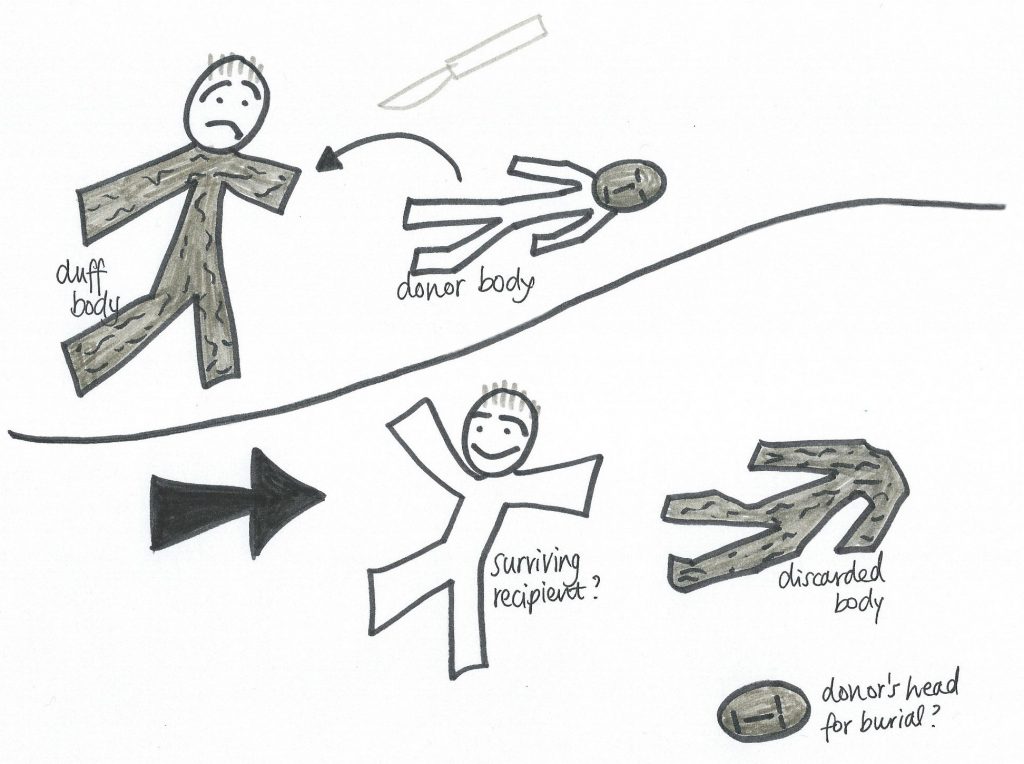Two of my keenest interests, medicine and driving, can seem as unrelated to each other as knitting and skydiving. But it turns out that medicine is as relevant to driving as rubber and tarmac.
I became intimately aware of just how tied driving and medicine could be when early in 2016 I took on the job of overhauling the document, ‘Assessing fitness to drive – a guide for medical professionals’. This guidance is from Britain’s Driver and Vehicle Licensing Agency. The DVLA’s senior medical adviser, Dr Wyn Parry, introduced it in a blog post.
Of course, it is obvious that we need good health to drive. I had imagined, though, that this would be a fairly binary decision: yes you could drive, or no you couldn’t. Don’t get behind the wheel when taking drugs that make you feel drowsy, when drunk, or when you’ve lost your eyesight – nothing less straightforward than that.
In reality, it is much more complex. While in law everyone who is licensed to drive has this simple responsibility to ensure they are fit and safe to do so at any one time, some of the complexity comes in when decisions are needed about whether a person should continue to have that licence or not (or be issued an initial licence).
The DVLA has a number of medical advisers working out how people’s medical conditions affect their fitness to drive. I found it refreshing and heartening to see the effort that goes into ensuring that only truly disabling misfortune could take away the licence to automotive independence.
The guidance I edited now runs to 130 pages. Doctors zone in on the conditions that are relevant to their patients – the guide covers dozens of them, from stroke and heart attack to drug dependence, diabetes and cancer. If there is a medical condition that affects any ability to see, think or to operate vehicle controls, there is an entry for it.
The DVLA has, for decades, assessed individual licensing of people affected by disease. The document to help doctors guide patients on what the DVLA is likely to say about a particular condition has also been around a long time, since the 1970s. It apparently hadn’t changed much when I came to edit it decades later.
When I first read through it, I was transported back – as I often am when tasked with editing technical medical authoring – to the days when doctors used unnecessarily difficult, opaque language and wore white coats for absolutely everything.
Doctors took this approach of talking their own language so that they could keep their ownership over medical decisions, and could really hold themselves apart as the experts they surely are. But the worst of those days of patronizing medicine, of ‘doctor knows best’, were maintained by nothing more than long and obscure words strung together in muddy sentences. And so it was with the guidance on fitness to drive.
The other thing this language has done for doctors has been to keep the medical hierarchy intact. If your job as a senior doctor was to tell other doctors what to do, you had to be that bit more opaque about what you knew best. Your underlings would then gaze up at your secret knowledge – and keep it to themselves after cracking the code.
To be fair, the guidance I hacked away at wasn’t quite as opaque as I make it sound, but the new version, complete with my addition of symbols to indicate key messages, is in a new world of comparative simplicity. Also to be fair, the guidance was nowhere near as opaque as the law it remains based on. This is written in a language that about four people in the world can keep up with. The legislation on epilepsy, for example, in the 1988 Road Traffic Act, has numerous paragraphs that read like the following:
“(2B) A permitted seizure for the purposes of paragraph (2A) b) is a) [long, opaque sentence]; or b) [long, opaque sentence] – where i. [long, opaque sentence]; ii. [long, opaque sentence]; iii. [long, opaque sentence]; and iv. [long, opaque sentence]; or c) [long, opaque clause of a sentence] permitted under sub-paragraph (b), where [warning: you’re about to read long, opaque clauses of a sentence] – i. that earlier seizure has, to that point, formed part of only one permitted pattern of seizure and has occurred prior to any medication adjustment seizure not falling within the same permitted pattern; or ii. it is a medication adjustment seizure, which was not followed by any other type of unprovoked seizure, except for another medication adjustment seizure.”
That was surely the work of pompous lawyers competing with pompous doctors for the greatest amount of pomposity. Specialist doctors dealing with epilepsy patients may well have some training, or at least the motivation, to get their heads around this nonsense, but regular doctors, to avoid triggering a seizure of their own, really need to use the simplified guide that I’m proud to have had my part in bringing up to date.
Originally published on 21st December 2016
Copyright © by Markus MacGill, 2016-2025. All rights reserved.

